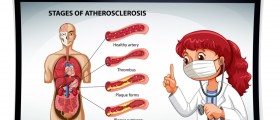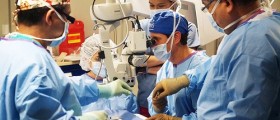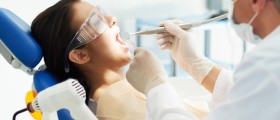
Poor circulation is a common problem among many people. It can affect various parts of the body. However, in majority of cases poor circulation affects lower or upper limbs. The initial symptom of poor circulation is the feeling of being cold i.e. the affected parts are actually cold due to improper blood flow. Progression of the condition leads to several more symptoms such as tingling sensation and numbness of the affected area and skin discoloration.
All problems related to poor circulation can be put together in one group called peripheral vascular disease. It is estimated that atherosclerosis represents the leading cause of peripheral vascular disease. Blood vessels eventually become narrow due to plaque build-up. This affects blood flow and does not allow sufficient amount of blood to reach peripheral parts of the body.
Clinical Characteristics and Causes of Poor Circulation
As it has already been mentioned poor circulation is in majority of patients caused by the process of atherosclerosis. The process includes gradual thickening and hardening of the walls of arteries. Atherosclerosis is associated with high blood pressure and excess of cholesterol in blood. They represent triggers for the process. Atherosclerosis is simply not reversible but it can be controlled with certain medications. Patients suffering from certain illnesses such as diabetes are more susceptible to atherosclerosis comparing to healthy individuals.
Another potential cause of poor circulation is venous thrombosis. The condition features with formation of a blood clot inside the affected vein. This interferes with proper circulation of the extremity and typically features with swelling, discoloration of the skin and pain in the affected area. Problems regarding poor circulation disappear once the blood clot is dissolved.
There are several more causes of poor circulation. For example, the condition may be associated with certain nutritional deficiencies, pregnancy, lung, kidney or liver diseases etc. Furthermore, it occurs as a result of certain neurological problems, due to obesity and may be associated with the process of aging.
Treatment for Poor Circulation
Treatment for poor circulation differs according to the underlying cause. It is also essential to take into consideration patient's general health, comorbidities, allergies and medications he/she is currently taking. Venous thrombosis is, for example, treated with anticoagulants and antiplatelet agents. Further progression of atherosclerosis is achieved by proper control of blood pressure and the level of cholesterol in the blood. In case of any obstruction in the blood vessel the doctor may also perform surgery and remove the cause of blockage.

















Your thoughts on this
Loading...